In September of 2010 Square Enix released Final Fantasy XIV on PC, their second MMO with the “Final Fantasy” name attached. It was widely regarded as boring, repetitive, and overall terrible, prompting the producer of the game to resign and a full redesign to take place. In September of 2013, version 2.0 – the aptly named A Realm Reborn – hit store shelves for both PC and PS3. It promised to fix the troubles plaguing the initial release and make people who heard the name “Final Fantasy 14” not turn up their nose. After recently getting a character to max level (50, by the way), let’s look and see if they have succeeded on that goal.
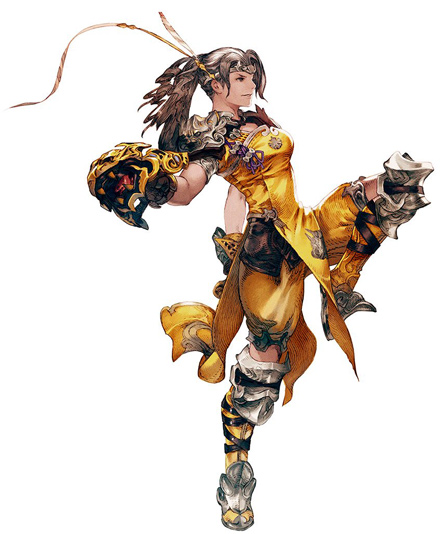
It Actually Has a Story
Interesting for an MMO is a story that follows along with your character from level one to fifty. A Realm Reborn is set five years after the 1.0 release of FF14. A great calamity had befallen the land of Eorzia, and as its inhabitants slowly begin rebuilding their lives, a new threat looms on the horizon. You, an adventurer with grand aspirations, are set on a path that will help change the fate of Eorzea and its three inner city states.
Truth be told, the story is pretty average and wouldn’t hold much water for a single player RPG, but for a MMO, it is pretty refreshing to have a main story that takes you to all ends of the game world with a set of NPCs that help drive the narrative. Smartly, the story quests ease in new players to the MMO environment by generally being the first points of contact for many MMO staples – this includes instancing – while not talking down too much to veterans of the genre. Coming from World of Warcraft, say, you might instinctively know how some MMO elements work, but the game always puts you in a position to learn how things work in the context of FF14 as well as continue the story thread. It’s nice, and it gives you a bit more purpose to leveling other than simply trying to hit end game content as you might in games like WoW.
That’s not to say you cannot explore. Though you are limited in exploration early on in the game, at a certain point you are free to go anywhere you wish, but like most MMOs, jumping into an area with enemies much higher than you in level will result in your swift death. The story quests will take you to new towns and areas that end up supplying you with tons of other quests, so it is very easy to gain quite a bit of experience by following the story as it goes.
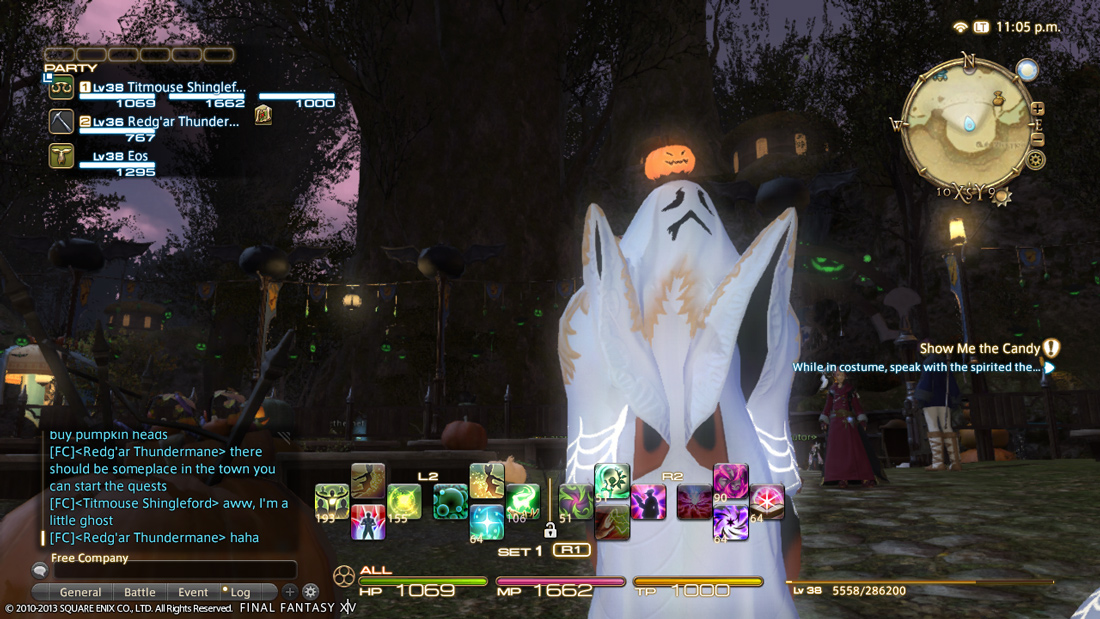
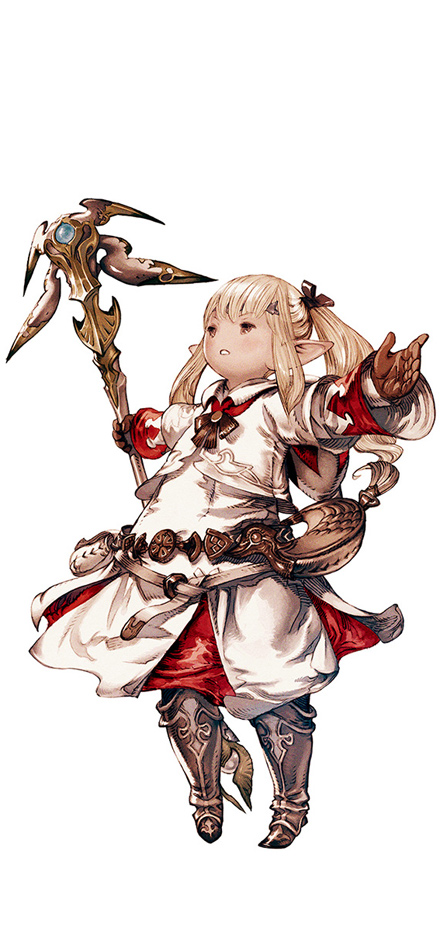
Playing With a Controller
Some out there might call my next statement heresy, considering that a keyboard and mouse is generally the standard for MMO gameplay, but let it be known: A Realm Reborn ably fits all of the standard keyboard and mouse controls you are used to to the PS3 controller and it feels great and I don’t ever really want to go back. It’s that good, and in the end playing with a controller makes the game far more exciting than a basic KB/M setup.
The biggest hurdle the developers had to figure out was the best way to access and cast a full range of skills and spells that would otherwise take up the 1-0 keys on a keyboard. The answer they came up with was the “crossbar,” where skills are displayed on screen that match the all of the face buttons on the PS3 controller (or whatever controller you might use on PC). At any given time you can see sixteen skills on the screen (two 8-skill crossbars), and to use a skill, you simply hold R2 or L2 and press the corresponding button. When you press R2/L2, that crossbar pops out a bit and the names of the skills are displayed so you can quickly tell what you have available. Additionally, there are 8 sets of two set crossbars (say that five times fast) for a total of 128 skills or actions available. Your character most likely won’t have that many skills, but it allows you to customize how you play your character to a great degree, and anything from emotes, macros, and system settings can be placed in a skill slot. You could have one crossbar set made up of skills you mostly use when soloing, and then the next be skills for when you are in an instance, say. When you aren’t holding R2/L2, the D-pad is mostly used to cycle through party members or things in the environment (NPCs, enemies), with X being accept, O cancel, Square for map, and Triangle jump.
You might think that cycling through every individual thing in front of you to focus on the thing you want would be super crappy, and you would be right, but you have the ability to make it far more streamlined. In the options menu, you can set the L1 button to help you choose the exact things you want. For example, in my game, I have it where by holding L1 and hitting Square, pressing the D-pad left and right will only select player characters, so if I see someone running about with low health, I can throw a heal on them quickly without accidentally selecting the enemy they are fighting. Conversely, L1 + O makes it so I only cycle through enemies. Up and Down on the D-pad always cycles through the people in your party, so about 95% of the time I set my D-pad to cycle through enemies only, and it works just fine. For speaking with NPCs or interacting with items in the field, the game is smart enough to know where you are facing, so simply pressing X as you approach a merchant, say, will select them. Then you just press X again to start talking.
[youtube http://www.youtube.com/watch?v=dc5HY3KEqug&w=1100]
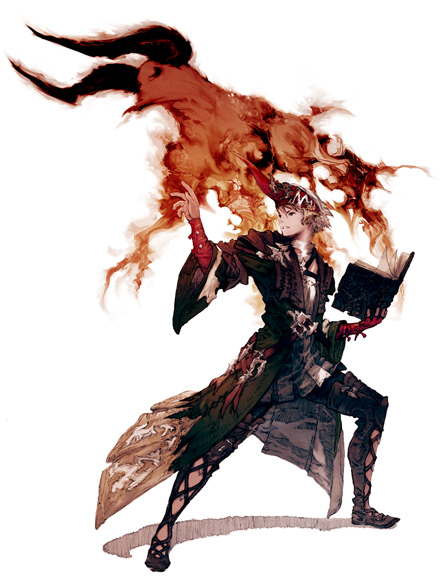
The excitement mentioned earlier comes from the fact that it is a little more difficult to play the game, which might at first sound counter intuitive to an enjoyable experience. I liken playing the game with a controller to playing Rock Band with “Pro” instruments. Even though the result of your heal from the game pad is the same from a heal by a keyboard, the mechanics that are involved with the controller makes it feel like you are doing more, if that makes sense. It is like you are more a part of the action rather than being that guy on Southpark. My main class is a Scholar, a class that mostly heals but can put out some good damage with several DOTs (Damage Over Time spells). The class also has a pet with skills of its own on its own crossbar. To access all of the skills I need for an instance at level 50, I jump through four sets of crossbars. I imagine that the Scholar may be the most complicated class because of all of the things you have to juggle (though I don’t have experience with any other class at level 50), but I never feel like I am “behind” or “doing worse” than those who might be playing on PC. And as a healer, that’s important.
I didn’t touch a keyboard for controlling the game throughout my leveling from 1-50 (though I used one for chatting), so if you worry that the option might be cumbersome, know that it is definitely doable. It does take some time to get used to, as you’ll have to teach your fingers to hold the right buttons so that the right crossbar is up at the right time, but before long it becomes second nature. When the game first launched, you would come across some folks who had a prejudice against us lowly PS3 players because we didn’t use a mouse and keyboard. That largely has disappeared as far as I have noticed in the months that the game has been out. I suppose enough people have proved them wrong on their preconceptions.
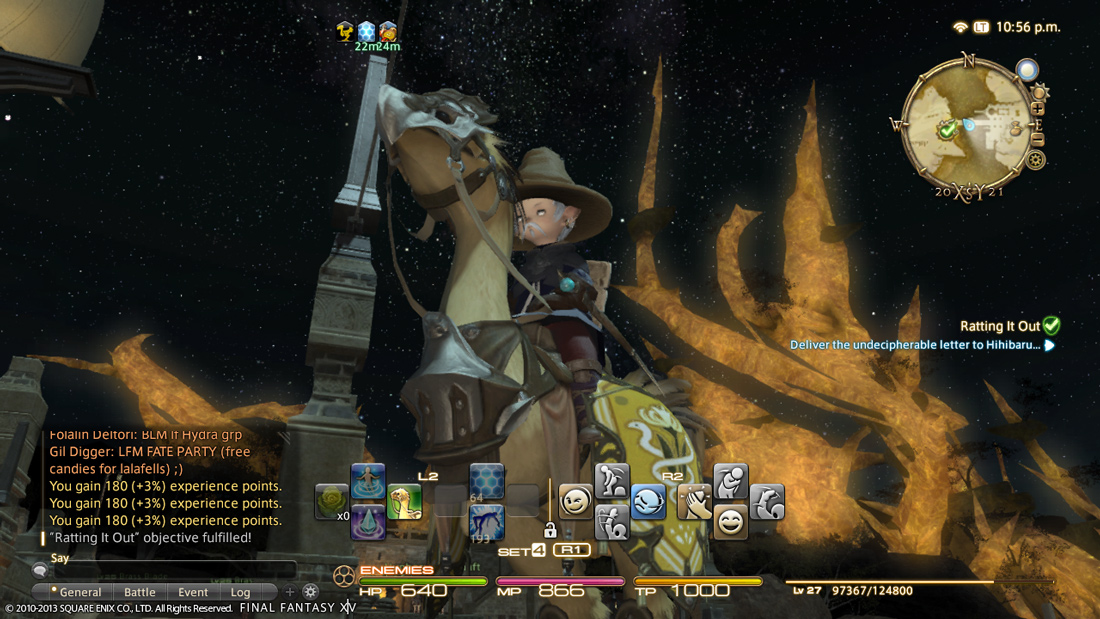
Classes, Classes, Classes
But what kind of character can you actually play in this game? The answer to this question is one of the best things about the game. Not only are there 19 classes and 9 jobs beyond that, but you can – if you so choose – do all of them from the same character. In fact, you might be a fool if you do not multi-class a bit, but that’s getting ahead of ourselves. There are eight base classes that at level 30 branch off into specialized jobs if you so choose. So, for example, an Archer that hits level 30 can take on the Bard job which gives access to skills that buff party members and replenish MP (a good Bard is amazing). For my Scholar I had to level an Arcanist to 30 first. The Arcanist uses different pets than the Scholar does and lacks any effective healing abilities, so the jobs definitely take your character in a specialized direction while continuing on with their base skill set. You don’t have to take on a job, though, and can at any time switch back to a previous class.
Classes are based on the main hand weapon or item, and each class has their own specific means of attack. To change your class, simply switch your weapon. There is no logging out and back in or any of that junk. The experience you gain goes to your current class, and if you get tired of leveling one thing, you can quickly switch to a different class and keep plugging away. It is awesome and also necessary considering how gathering and crafting classes work.
In MMOs like WoW, you could be a leatherworker and craft your Drums of War at any time provided you had the materials. Here, Leatherworking, Alchemy, Botany, etc. are treated as classes just like the main fighting classes, and that includes having to switch your main hand over to an axe or needle or fishing pole to create or gather for that role. Someone with the desire to not fight many monsters in the game could specialize solely in crafting and gathering and still make a game out of it. The actions are not the result of a simple button press. You cannot gather wood by simply going up to a tree and clicking. Rather, selecting the tree will give you a menu of the items you might be able to gather from it, like branches, planks of wood, fruit, insects, etc. Based on your level and armor proficiencies, you are given a percent chance and a few tries to gather items on the list. As you level, you also gain skills that can increase your odds. Crafting works similarly. So long as you have the materials, you can start the process of making an item, but to actually make it requires some thought based on proficiencies and what crafting skills you might have at the time. And there are two progress bars to think about during crafting: quality and overall progress. Many times you can simply bang out a pair of shoes, but if you utilize skills to increase the quality, you might get a high-quality pair of shoes in the end. HQ items give boosts to stats of the item, more XP, and they also sell for far more in the marketplace, so taking the time in your crafting to boost quality is definitely something to focus on. In any case, it is nice that the developers took the time to flesh out crafting and gathering roles. The added strategy to each task not only makes it a bit more interesting as a player, it keeps people from botting HQ items to flood the markets.
Because all of your classes are associated with one character, multi-classing is encouraged. In fact, every class can take a few skills from other classes. My Scholar, for example, can take the Protect skill from the Conjurer (another healing class) and an insta-cast skill from the Thaumaturge (black-magic class). With a simple Macro, the inst-cast skill plus Raise creates an awesome battle-rez that otherwise doesn’t exist in the game for a job that doesn’t have some of the component parts to the Macro natively. Experimentation with skills and classes is encouraged and welcome, and before long you will probably find yourself trying out several classes to see how they fit. Titmouse Shingleford, my Scholar, started as a Thaumaturge, then Conjurer, then Arcanist. From there I made a Bard from an Ancher and Pugilist, and I craft as a Goldsmith and Weaver while chopping trees as a Botanist. All told, I have over a dozen classes that I switch among. The full list can be found here.
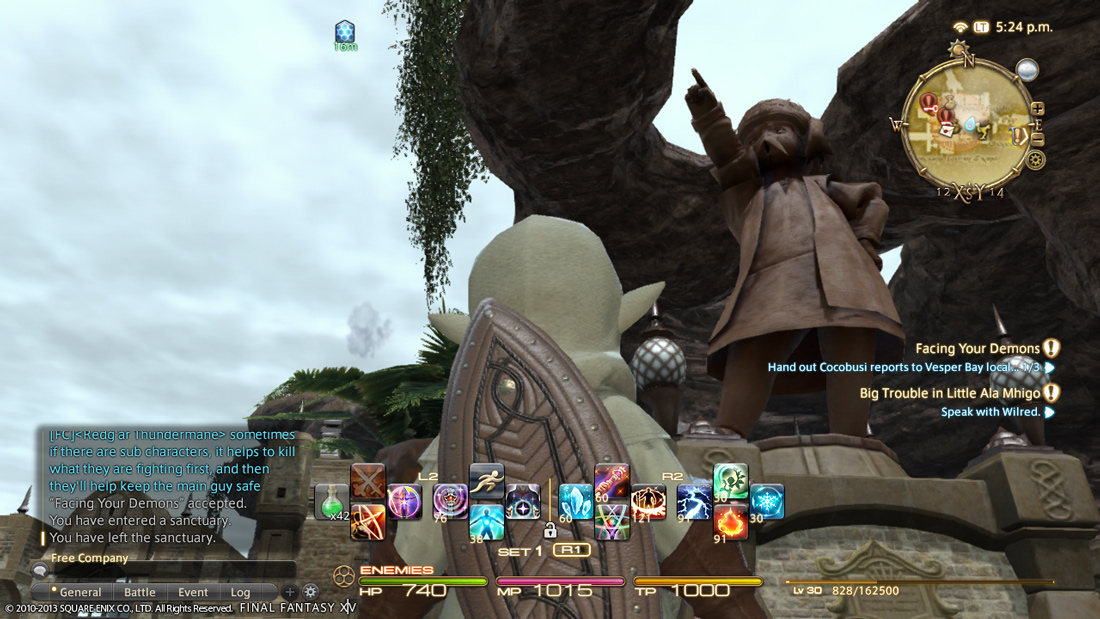
That Final Fantasy Feeling
FFXIV has its own story that is separate from the previous numbered games in the series, but it also pulls from pretty much every Final Fantasy title in existence. Think of a Final Fantasy trope, and it is in this game. Moogles? Yes. Gunblades? Yes. HorsebirdsChocobos? Yes. Magitek Armor? Yes. If you have been with the series from its early numbered entries, you will often run into items and names that are familiar to you. And while that might not be surprising (all FF titles have bits pulled from the rest), it seems more concentrated here.
Aesthetically, the game is pretty awesome (the images on this page come from the PS3 version, by the by). There is a lot to enjoy about the Eorzean landscape. The three main areas consist of forest, desert, and coasts, with a spritz of high-fantasy overlain. The desert that surrounds the city-state of Ul’dah boasts high cliffs and low valleys, with an ever-present mountain range on the horizon that glows bright orange under densely packed stars. The forest floor of the Black Shroud is covered in the shade of giant trees, where giant, fallen, hollow oaks provide provide passageways throughout areas. And the windy coasts around Limsa Lominsa help pirates make a living. A variable weather system can change these areas throughout the day, helping to stave off some repetition. The weather doesn’t change gameplay any, but when a thunderstorm sends lightning through the trees in the Black Shroud that throws hundreds of shadows up in a flash, it’s pretty impressive. Some weather types, too, can have different severity. You might find yourself in a light rain or a much heavier rain that throws up bits of leaves and grass into the air. There can be a heavy fog that differs from just a slight haze. It’s all very nice, and I have found myself slowing down my pace a bit during rain or thunderstorms to watch and listen to the environment a bit more. It’s great.
[youtube http://www.youtube.com/watch?v=7dGWXbZW3hY&w=800]
And finally we have a big, full-on MMORPG that you can play from your couch on a console through your nice home theater speakers and TV. FINALLY. I have spent, literally, a month’s worth of time hunched over a laptop playing WoW, and that’s great and all, but the first time you walk in to Ul’dah and hear boisterous brass trumpeting in the air over the mumbling of the market through five speakers and a nice sub, you’ll think of how puny Stormwind feels in comparison. I recall speaking to friends about this game when it was first announced many years ago (even before the horrid 1.0 version) about how I couldn’t wait to play a big MMO on a console through big speakers, and FFXIV certainly doesn’t let me down from an audio and visual standpoint. All of the areas of the game are well put together, and the music all around is great.
Too, animations of characters and spells are equally great. Getting new skills is fun not only because you can do more stuff but a lot of the times because they look so cool. One Scholar skill had me casting it randomly like an idiot because I liked the way it looked (it was a giant bubble shield that pulsed with energy). That it only took a couple of years to turn all of these things around from the 1.0 version is actually quite impressive, but they did it.
Final Final Fantasy Words
Though I thoroughly enjoy the game, it does come with one big chink in the paladin armor, and it doesn’t have anything to do with the game proper but of the account system. Square Enix needs to find someone else to design the way pricing and buying more time for the game looks and works. Logging in to FFXIV for the first time is quite the maze of going here to there and linking accounts and not knowing which product key goes where. It is all really quite awful. Then you go to pay for another month, and the instructions are obtuse with little to no description of what you are actually getting for tier of service they offer. I ended up having to research on their FAQs from another site outside of their payment system what I was about to purchase. Garbage. Without a doubt the worst part of FFXIV is figuring out how to pay for it.
Speaking of paying. Yes, there is a monthly fee, but realize beyond that that no micro-transactions exist. I haven’t seen a single one in the game, at least. If they are there, I know not of them. I spent some time with Lord of the Rings Online over the last couple of years, and I was almost too afraid to click on anything in the game because a window to purchase something might pop up. A monthly fee might be the worst news for some in this day and age of terrible, free phone games that people like for some reason, but it is nice to log in knowing you have the whole game and that the developers aren’t trying to poke you in the side around every turn saying, “Hey, you wanna buy this? What about this? Maybe this? Huh, huh, huh?”
You may have heard that FFXIV is a simplistic MMO, and that is true. Everything is pretty straightforward, and it hearkens back to a more vanilla WoW. However, it takes that quality and polishes it, changing things for the better: ever worry that you might not have good enough gear for a dungeon? There’s a built in calculator that won’t even allow you to enter until you get good enough gear; need to travel to the other end of the world and want to do it instantly? Cool, just pay a small gil fee and teleport from anywhere; don’t feel like clicking that dead animal to see what it carrying? No problem, you automatically pick up all drops; afraid of MMOs? No worries, there are short instances designed to teach you how to play with groups that progressively get more difficult.
All told, Final Fantasy XIV: A Realm Reborn is a very solid game, and I recommend it for anyone looking for a new MMO. You can find it on PC, PS3, and, in April of this year, PS4.